Margit Smelt: The Effect Of Saltwater Intrusion On Terrestrial Vegetation In Village Forest Gardens On The Northeast Coast of Java and Its Socio-Economic Consequences
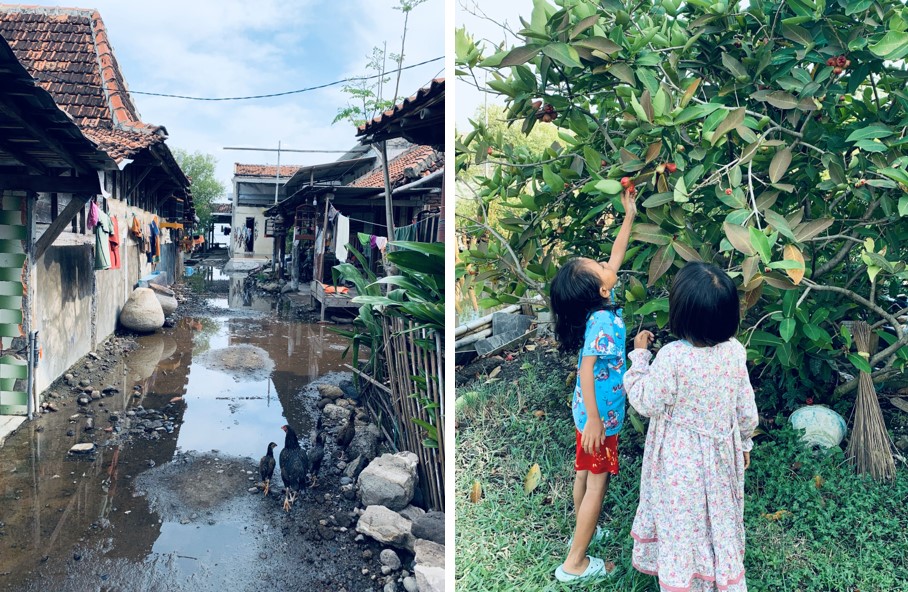
Wageningen Universiteit & Research Village forest gardens are special types of gardens with layers of shrubs, bamboos, palms, and trees around homes. These gardens provide a variety of things like fuel, building materials, fruits, food, and even medicine. In places like southeast Asia, these gardens are a tradition and a symbol of sustainability. Village forest […]
Ruben ter Harmsel: The History and Current Floristic and Abiotic State of Dutch Calcareous Grasslands
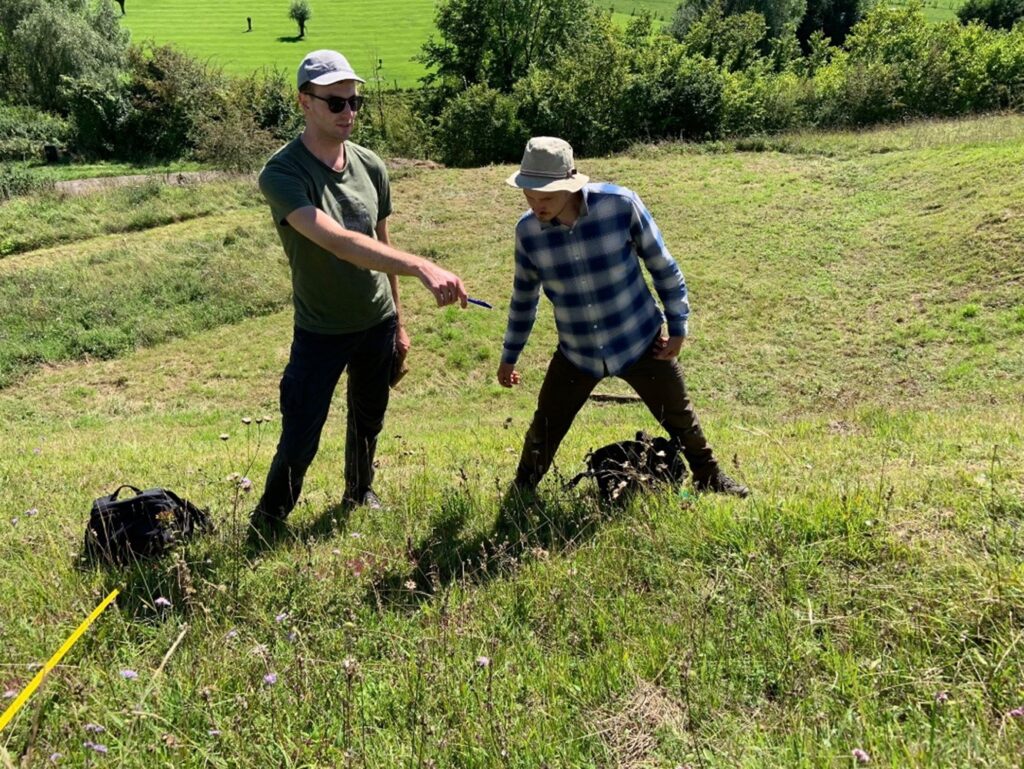
Radboud Universiteit Dutch calcareous grassland is a rare, semi-natural, species rich habitat type, protected by EU law. Understanding which factors influence its floristic composition could help conservation and restoration efforts. To research this, I made vegetation relevés and took soil samples across calcareous grasslands in Southern Limburg. I also collected historical vegetation data. My research […]
Maarten van Emmerik: Effect of Urban Heat Island on Germination of Common Dandelion
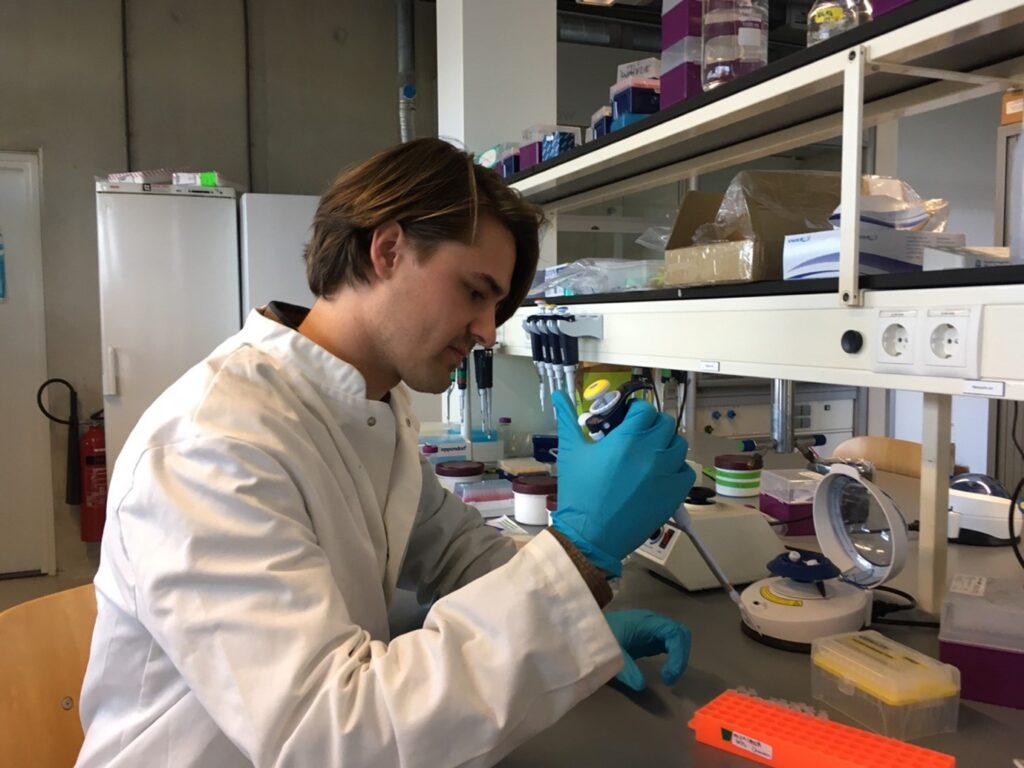
Radboud University During this MSc internship, I studied urban dandelions in Amsterdam, Nijmegen, and Maastricht. The aim was to investigate adaptation to the Urban Heat Island (UHI) effect. This effect causes overheating of stony areas due to heat retention during sunny days. I sampled plants from the hot city center and compared these to plants […]
Lucas Chojnacki: Shaping Tropical Forests
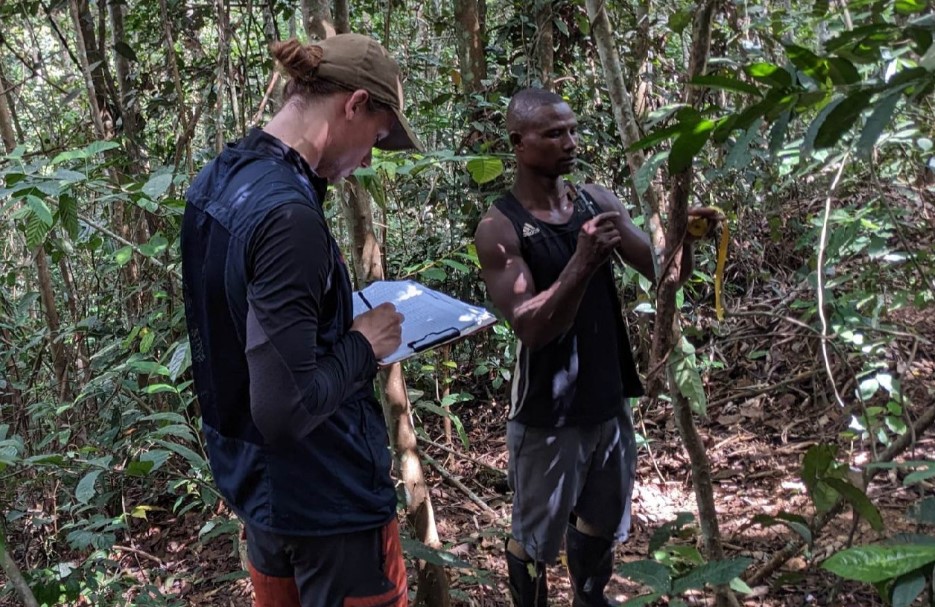
Wageningen University & Research Secondary forests, most often regenerating from abandoned lands, offer insights into post-disturbance recovery. Succession, the dynamic process of change in forest structure and composition, is influenced by various factors. Understanding the role of dominant and rare species in driving forest attributes is essential is for estimating restorative potential of secondary forests. To […]
Fabiënne de Jager: The effect of stressors on the onset of pneumatophore development of black mangroves
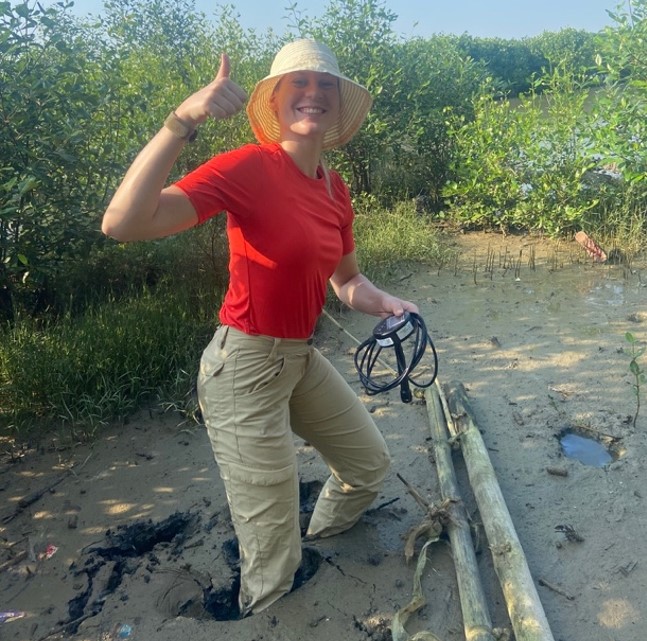
Wageningen University & Research For my Master Thesis I went to Semarang to study the effects of flooding events on the Avicennia mangrove species in the Demak Regency (Timbulsloko). Seawater with a high salinity (30 ppt) flows further into the estuaries and rivers, which causes salinity concentrations in aquifers, aquaculture ponds and in ground water. […]
Xenia Davide: Effects of Temperature and Rainfall on Stem Growth in the Tropical Tree Species Toona ciliata
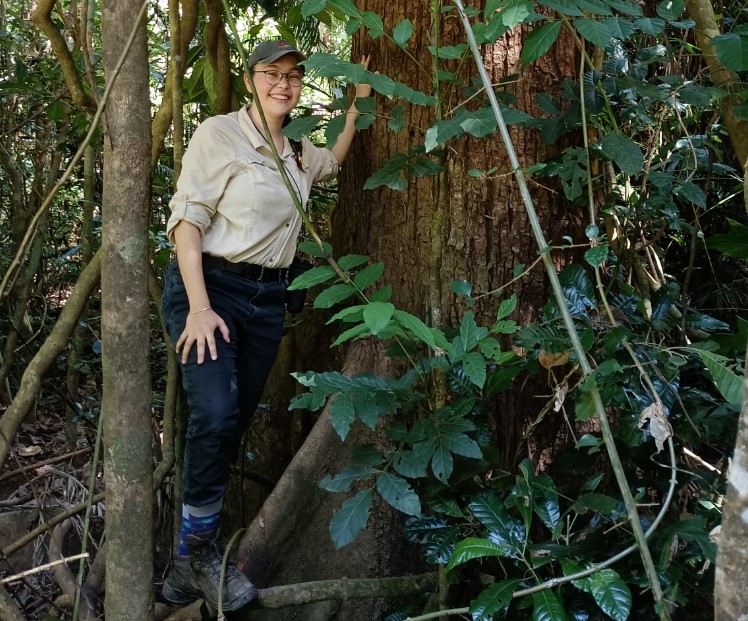
Maastricht University and Wageningen University Tropical forests are essential to the regulation of climate and the global carbon cycle. They account for a third of global primary productivity, drive fluctuations in the terrestrial land sink, and thus have the potential to influence the pace of climate change. Multiple investigations revealed declining tree growth rates and […]
Alba Gimeno: Secondary forest regeneration in Mexico
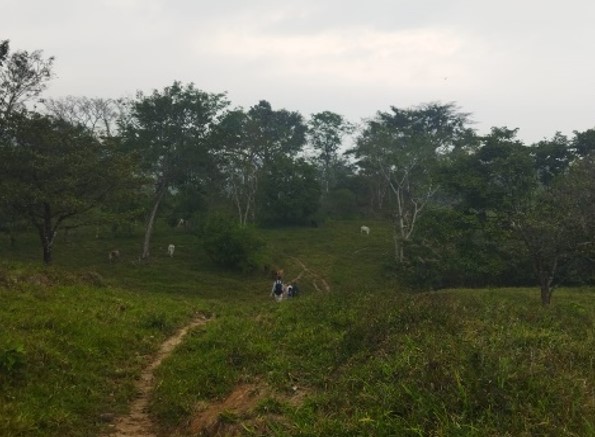
Wageningen University and Research Tropical forests are disappearing rapidly due to deforestation and forest degradation. However, secondary forests can regrow once the land is left fallow through a process called secondary succession. This study aims to (1) understand the effect of the surrounding landscape in terms of distance to the nearest forest and percentage of […]
Angélique Meyer: Explaining Zostera noltii seed distribution in Arcachon Bay
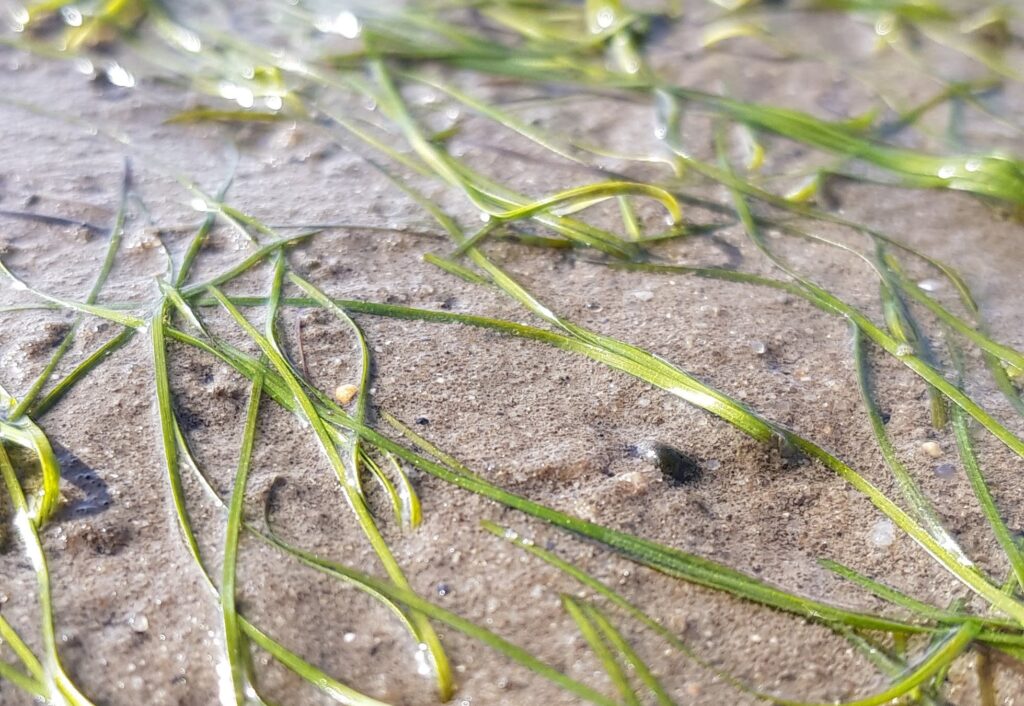
Rijksuniversiteit Groningen Seagrass meadows, found in shallow coastal waters, provide valuable ecosystem services such as nutrient filtering, carbon storage, and supporting biodiversity. However, human pressure has led to rapid losses of these ecosystems on a global scale. Traditional methods of restoring seagrass meadows through transplanting shoots and rhizomes have limitations, leading to an increased interest […]
Julian Voet: Population dynamics of Persoonia arborea
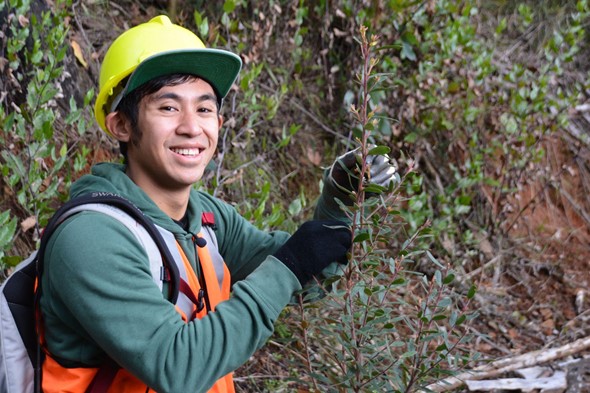
Rijksuniversiteit Groningen Tree Geebung (Persoonia arborea) is een boomsoort die alleen voorkomt in de Central Highlands van Victoria, Australië. Deze bossen zijn doorgaans onderhevig aan bosbranden en houtkap. Veldobservaties suggereren dat Tree Geebung bosbranden kan overleven (ondanks dat de soort beschouwd wordt al brandgevoelig) en dat het massaal kan kiemen na houtkapactiviteiten. Hoewel er weinig […]
Tim Claerhout: Deelname botanische expeditie Sint-Helena
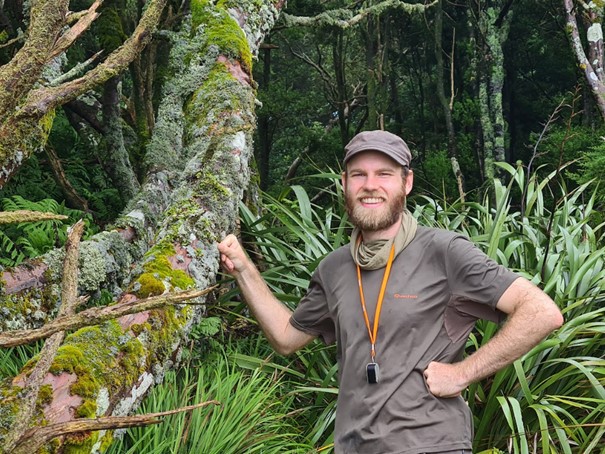
PhD student Hortus Botanicus Leiden Sint-Helena, een eiland gelegen op zo’n 2000 km van de Afrikaanse kust, is een van de meest afgelegen plaatsen op aarde. Ondanks het enorme potentieel voor endemische soorten kwam de eerste verregaande lichenologische expeditie pas in 2006. Onze expeditie bouwt hierop voort door het inschatten van de populatiegroottes en de […]
